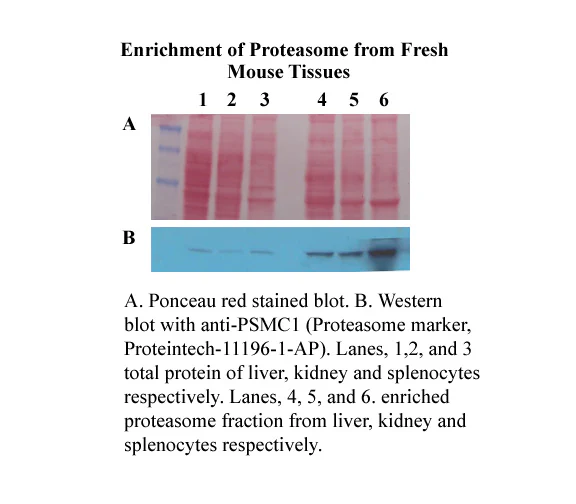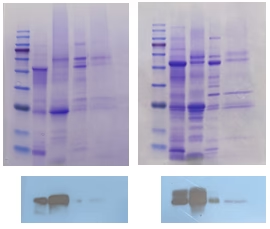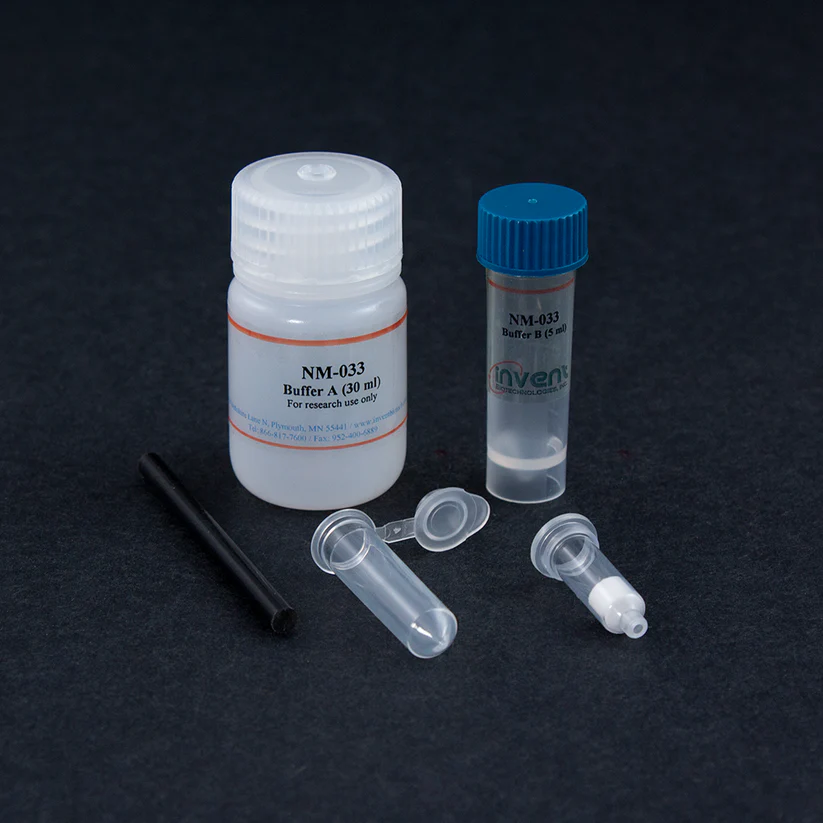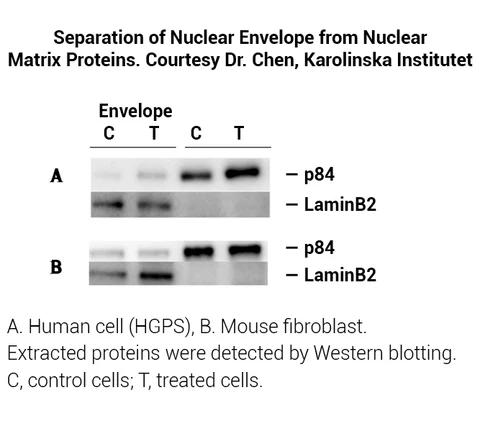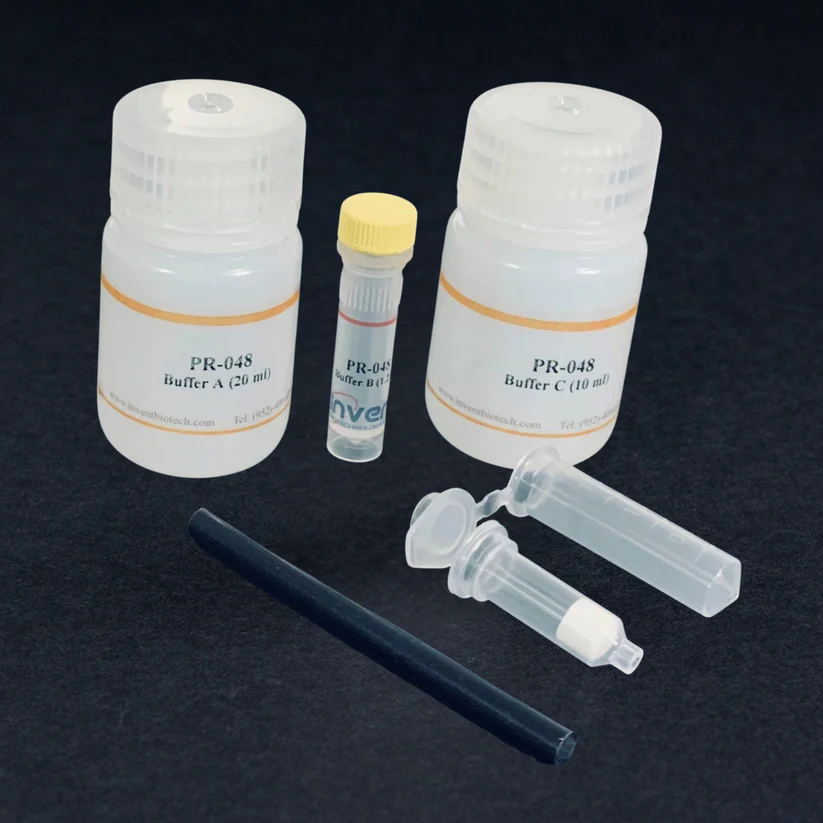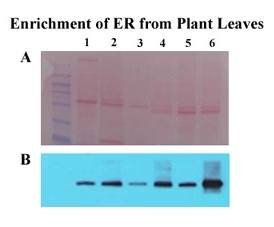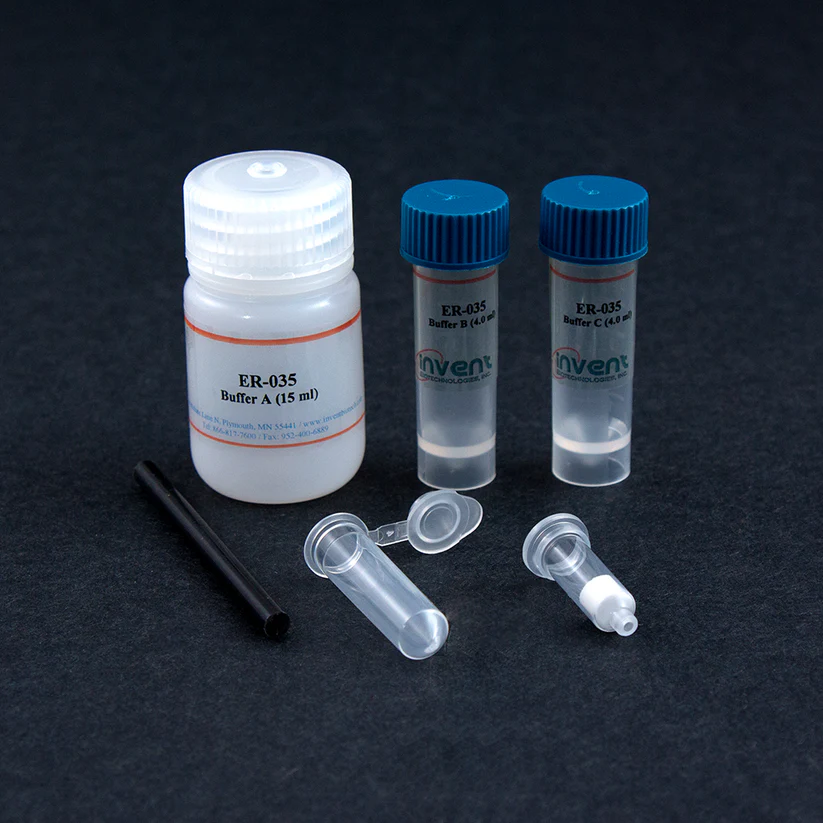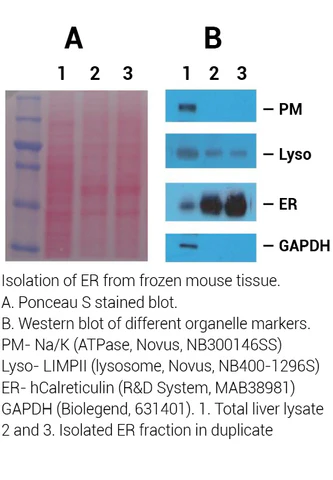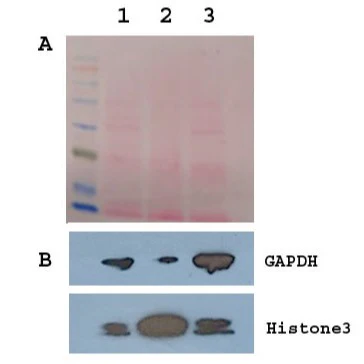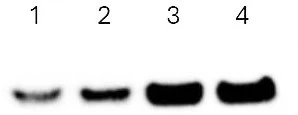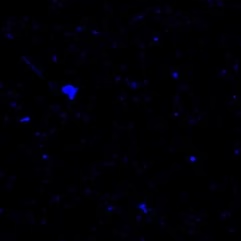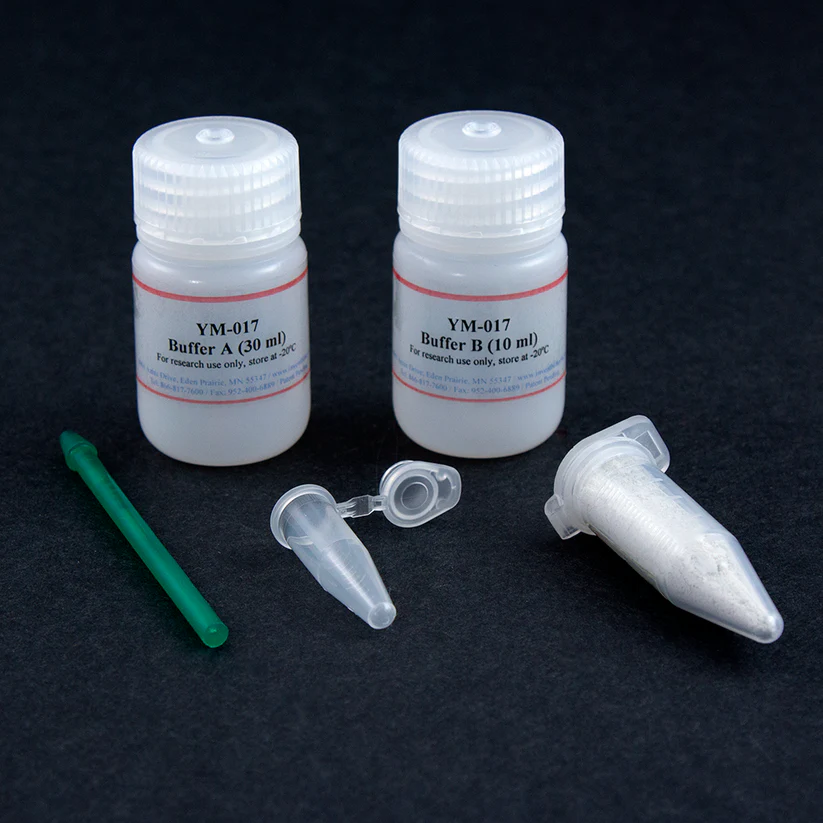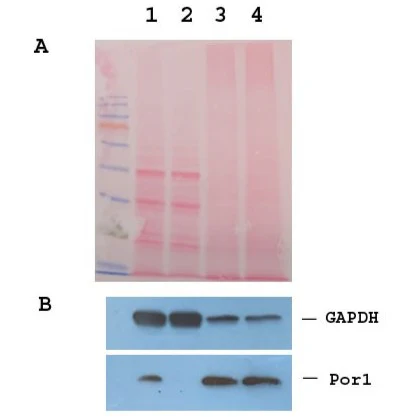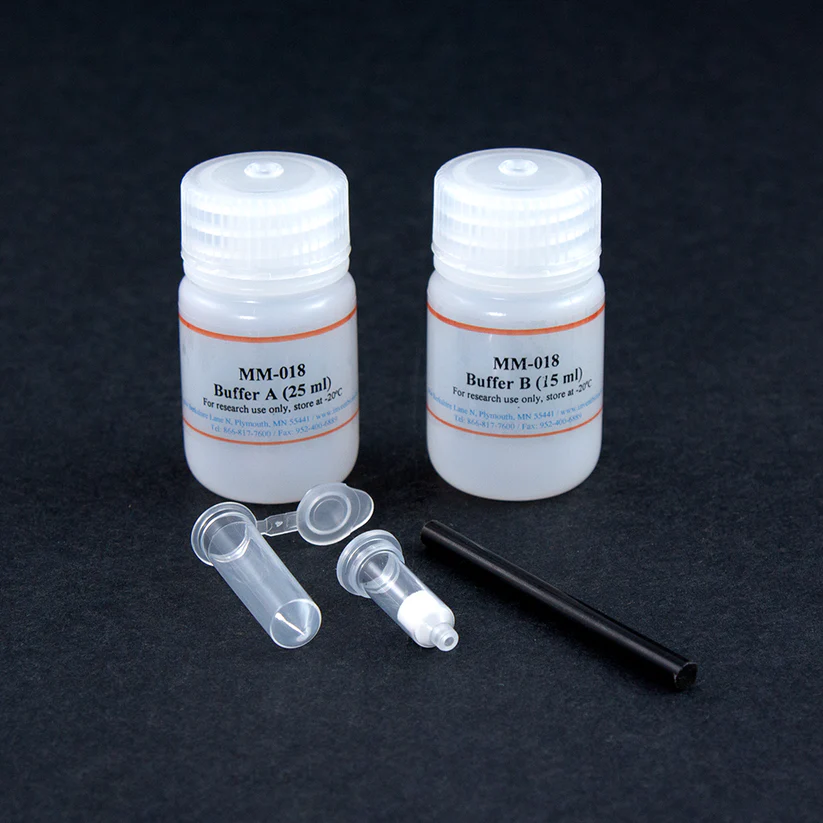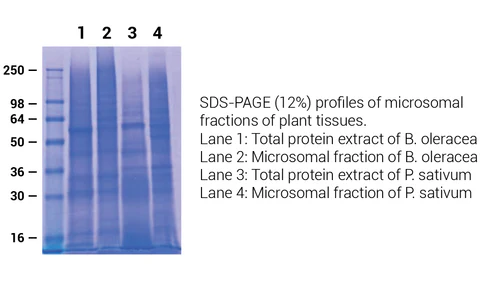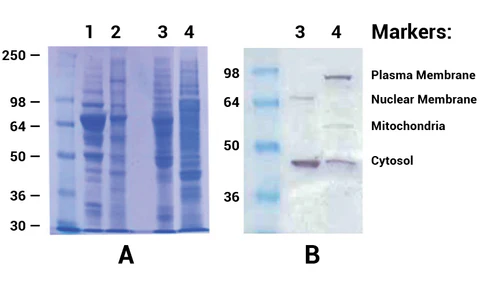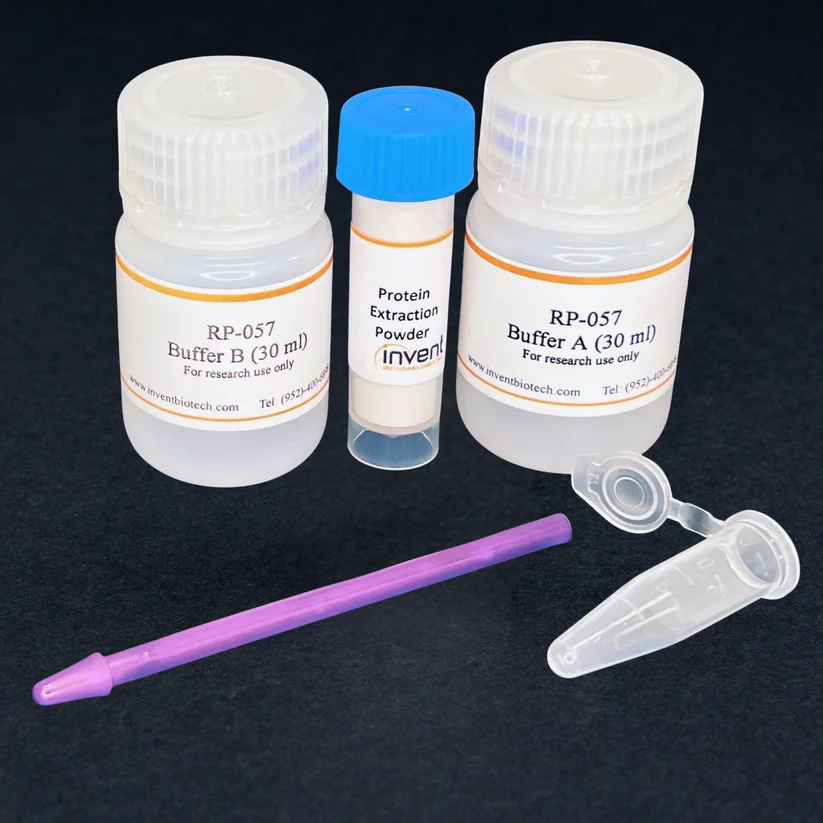
Minute™ Plasma Membrane Isolation Kit for Mammalian Red Blood Cells (20 preps)
Cat# : RP-057
Description
Red blood cells (RBCs) are essential components of the circulatory system, responsible for transporting oxygen and carbon dioxide throughout the body. Understanding their surface composition, particularly the diverse array of proteins is crucial for research in blood biology and disease. This protocol offers a rapid and efficient method for isolating native plasma membranes (PM) vesicles from RBCs with associated membrane proteins. The method utilizes differential centrifugation and a specialized protein extraction powder for gentle RBC lysis while enriching for PM fractions. Importantly, this approach preserves the native protein conformation and avoids the use of detergents, facilitating for downstream studies of membrane-associated proteins. The entire protocol can be completed in approximately 1 hour, yielding highly enriched PM with minimal contamination from intracellular components like spectrin and hemoglobin.

Kit includes:
Items | Quantity |
Buffer A | 30 ml |
Buffer B | 30 ml |
1.5 ml Microfuge Tubes | 20 units |
Pestles for 1.5 ml Tubes | 2 units |
Protein Extraction Powder | 5 grams |
Fig. 1. A. Protein profiles of total cell lysate (1), crude plasma membrane (2) and final prep of isolated plasma membrane of human red blood cells (3). Proteins were separated on 12% SDS-PAGE. B. Western blotting of separated proteins using anti-band 3 and GAPDH antibodies.





